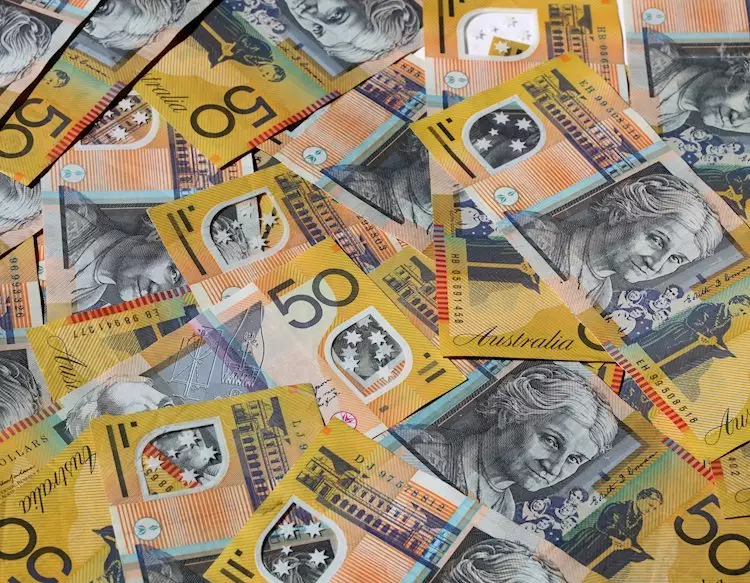As the foreign exchange market continues to evolve, the Australian Dollar (AUD) to U.S. Dollar (USD) exchange rate reveals intricate dynamics influenced by various economic indicators and geopolitical events. Currently trading at approximately 0.6605 during early trading hours in Asia, the AUD/USD pair has experienced fluctuations in its value that warrant a closer examination of underlying factors shaping this currency pair.
An important driver of the USD’s strength is the recent uptick in consumer sentiment in the United States. The Michigan Consumer Sentiment Index saw a notable increase, rising to 70.5 in October from 68.9 in September. This spike surpassed expectations, suggesting a more optimistic economic outlook, which could lead to increased spending. This positive sentiment may entice the Federal Reserve to maintain or tighten its current monetary policy, thus supporting the USD.
In contrast, Australian economic indicators weighed heavily on the AUD. Although the Reserve Bank of Australia (RBA) is generally perceived as hawkish in its fiscal approach, traders anticipate a potential rate cut in response to slowing domestic conditions. Currently, the market is pricing in a mere 10% chance of a cut in interest rates during the RBA’s next meeting on November 5. Such a scenario would likely exacerbate the AUD’s exit against a stronger USD.
International geopolitical tensions further complicate the trading landscape for AUD/USD. Recent military operations in the Middle East, specifically Israel’s strategic moves against Iran, are under scrutiny. Although these actions were described as restrained, they have contributed to heightened global uncertainty and may bolster safe-haven assets like the USD. As investors seek security amidst unrest, the Australian Dollar could remain under pressure, particularly given its dependency on foreign markets and the current risk appetite.
Compounding these issues is uncertainty surrounding the upcoming U.S. presidential election. The shifting political landscape not only spurs volatility in the USD but also underlines the interconnectedness of global economic systems. Depending on the election outcome, changes in U.S. foreign and domestic policy could dramatically impact the Australian economy, further influencing the AUD’s performance.
Turning to Australia’s core economic drivers, the significance of iron ore cannot be overstated. The country remains heavily reliant on its resources, particularly iron ore, which represents a substantial portion of its exports, accounting for $118 billion in total revenue as of 2021. Consequently, the fluctuations in iron ore prices directly affect the value of the AUD. When supply and demand dynamics favor stronger iron ore prices, the AUD usually rallies as foreign entities purchase more Australian commodities. Conversely, falling prices lead to adverse effects on the currency.
Moreover, Australia’s trade balance remains a crucial component in determining CAD movements. The trade balance reflects the difference between what Australia earns from exports versus what it spends on imports; a surplus bolsters the AUD, while a deficit yields the opposite effect. As the world’s largest consumer of iron ore, China’s economic performance significantly influences this dynamic. Strong growth in China typically translates to increased demand for Australian goods, further enhancing the value of the AUD.
As of now, the AUD/USD exchange rate grapples with multiple factors—an increasingly hawkish Fed, the looming risks of a rate cut by the RBA, prevailing geopolitical tensions, and commodity prices. Analysts predict that, barring any significant deviations from current trends, the AUD may continue to experience downward pressure against the USD.
Although a robust U.S. consumer sentiment index could fortify the USD, the RBA’s cautious approach in response to domestic pressures may provide some support for the AUD. The interplay of these factors suggests a complex and interconnected future for the AUD/USD pair.
Traders and investors must remain vigilant in monitoring both local and international developments. Changes in consumer sentiment, geopolitical uncertainties, fluctuating commodity prices, and monetary policies will continue to shape the path of the AUD/USD exchange rate. As both currencies navigate this intricate landscape, understanding these underlying forces will be paramount for making informed trading decisions.


Leave a Reply